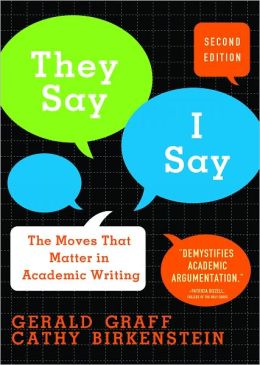
For writing to be accessible does it have lack
in flair? In looking at the article Write?
On Paper? Summer Camp Letters are an Oddity in the Digital World by Jeff
Stickler a journalist for the Star Tribune, a regional newspaper located in the
Twin Cities, it is clear the writing is intended to be accessible, which is
good otherwise Mr. Stickler may want to look into another career other than
that of newspaper journalist. The piece
meant to inform readers and as well as entertain them. This can seem to be juxtaposition
since informing on any topic to a mass number of people from a variety of
backgrounds requires plain language which can be, well, a bit boring at times. In
looking into the article further I wanted to explore how what is considered how
plain style can vary depending on context, as well as, whether a writing needs
to be plain in order to be understood.
The
title is what first struck me as interesting. While it was to the point it also
had creative elements. At first glance
it may seem very conversational and yet the word “oddity” is not one would
expect to come out of someone’s mouth in everyday conversation. It is more of a
highbrow word; more likely to be found in an official document rather than in
article articulating that handwritten letters are no longer the norm. The
second part of the title that piqued my interest was the phrase “digital world.”
This phrase signifies a change in generations. The generation raised on
computers, video games, and cell phones versus the generations who were not.
Now since the article was originally posted online it can be assumed the authors
was speaking more to the latter rather than the former who are more likely to
read newspaper the traditional way, on physical paper. This means that the phrase
“digital world’ could be seen as plain language since the intended audience
would most likely be familiar with the phrase and its meaning since by reading
the article online they would participating in the “digital world”.
When diving
further into the article I found more words that did not quite fit in with
colloquial speech such as unfathomable, novice, cowed, and notion. Now while
these words are not unheard of in everyday language, they are still not
commonly used. Words like unthinkable,
new, intimidated, and thought are much plainer words that would get the job
done and yet Stickler chose ‘fancier’ more official style words. The answer why is because to stick strictly
to plain language would cause the writing to be none other than plain or in
other words boring. While it is the average journalist job to try and reach as
many readers as possible they do not want bore or talk down to their readers.
It is their job to entertain as well as inform, otherwise readers would turn to
other sources for their news.
To keep the language easy to follow the author included short
sentences with an average of 15 words long. With shorter, to the point sentence,
it is harder to lose the reader along the way. In general, despite the discrepancies
listed earlier, the words chosen where on the simple side with an average of
1.5 syllables per words making for short words to be the rule. The article
after being placed in a readability calculator had the average grade level of
the text come out as being 8th grade which is on par with average
reading level Americans prefer to read at being at the middle school level.
This again circles back to the idea of writers for newspapers trying to reach
as many people with the target audience as possible.
In keeping with the point of the article,
at the ended the author provided a list of tips on how readers can personally
try and help bring back the art of postmarked letters. He structured it as a
list of bulleted points like so:
“• Imagine a conversation. Share your activities and your
thoughts, but also ask questions so your correspondent has something to respond
to.
• Don’t hurry. Pen, paper, long
summer sunset — take time to reflect, open up and write as much or as little as
you feel.
• Warm up. Jot a few notes or
start writing on a scrap of paper until you are ready to jump into the letter" (Stickler).
For easy of reading, the writer
purposefully placed the tips in a parallel format. Frist, he started with a
strong, to the point action, using a strong verb. Then the author provided a
longer clarifying sentence to help prompt ideas on how to accomplish said
action. This is very use full plain writing technique that is used in many
how-to types of text which it could be argued as one of the purposes of the
text.
In the further explanations more creative
rather than plain writing can be seen for example with “until you are ready to
jump into the letter.” Now none of the words are difficult to understand
however the verb “jump” is not being used in the typical way. The word “jump”
in this instance not being used literally but figuratively. This understood by
readers even though it is not the typical plain Jane usage. No one is picturing
a person physically trying to jump into a letter, which is hilarious mental
image by the way, but not the intended or perceived meaning. In word choice such
as using “jump” the way it is this example illustrates the point that writers
trying to reach as many readers as possible are not doomed to only using vanilla
words. They can mix it up with some strawberry or chocolate from time to time
though some choices such cotton candy may be pushing it a smidge too far. As
reader and a writer this is an uplifting thought because who wants to always read
writing that is lacking in originality all of the time. Writers just have to aware
their context and audience when they play with their words.
- Sarah B.





